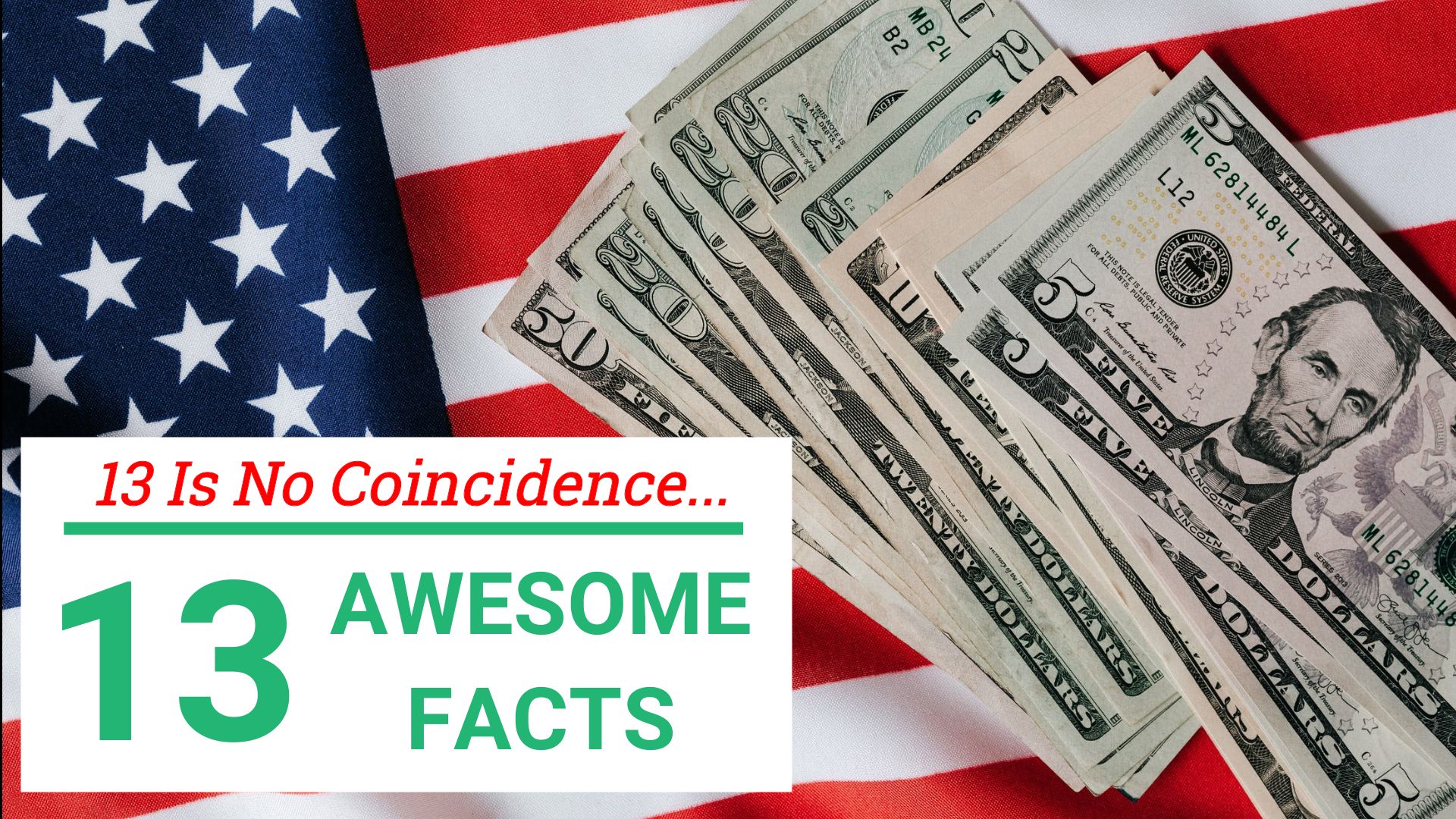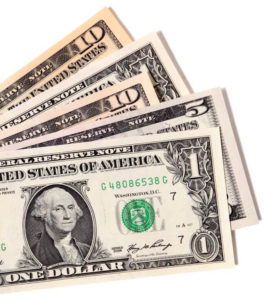
Want to learn some interesting facts about US dollar bills? You’ve come to the right place.
And stick around till the end for an extra special fact about the number 13 in dollar bills.
Let’s begin.
#1: Large Bills
There was a time when the US produced $500, $1,000, $5,000, $10,000, and even 100,000 dollar bills! These were mainly used by banks before electronic payment.
#2: Damaged Bills
Don’t throw away a torn or taped bill. You can exchange ¾ of the bill for a whole bill at the bank.
Even if the bill is torn in half, you can use it as long as the serial number on both halves match!
#3: Ultra Strong
A normal paper can withstand 400 folds but a dollar bill can withstand 8000 folds before it tears!
#4: Paper or Cloth?
Dollar bills aren’t actually made of paper! They are made from a mix of 75% cotton, and 25% linen.
This makes them more durable, and protects them against counterfeiting.
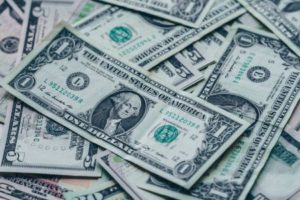
#5: Oldest Design
The design of the 1 dollar bill is the oldest of any dollar bill in circulation.
Since the risk of counterfeiting is pretty low, the government hasn’t changed it since 1963.
#6: $1 Most Common?
The 1 dollar bill is not the most common dollar bill in circulation.
In 2019, there were 12.4 billion $1 bills in circulation but there were 14.2 billion $100 bills in circulation.
#7: The Not-So-Rare $2 Bill
Although you may not see a two-dollar bill very frequently, it isn’t very rare. There are over a billion two-dollar bills in circulation.
#8: The Presidents on the Bills
A living president cannot have their face on money. This rule was implemented to show that the US wasn’t a monarchy – living kings and queens were sometimes printed on money in other countries.
#9: Cost of Producing the Bills
It costs around 5 cents to produce a 1 dollar bill. But the $5 and $10 bills cost about 11 cents to make, whereas the $20 bill costs about 12 cents to make.
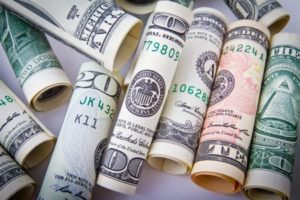
#10: Print Your Own Money?
Before the Federal Reserve was created, every bank printed it’s own money!
How crazy is that?
#11: Years in Circulation
A 1 dollar bill usually remains in circulation for around 6 years since its constantly changing hands.
But in comparison, a 100 dollar bill remains in circulation for 15 years.
#12: A Star Bill
A star on a dollar bill means it’s a replacement.
If an imperfection is found after the serial number is printed on a dollar bill, it is replaced with another one that has a star at the end of the serial number.
#13: $1 Bill and the Number 13
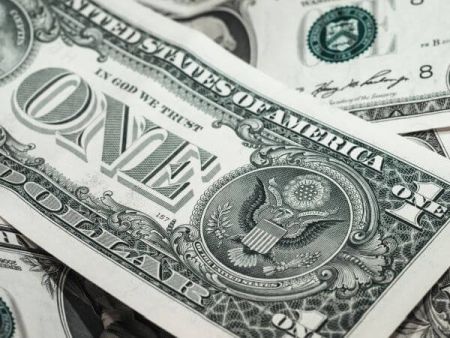
1 Dollar bills seem to have a great affinity to the number 13.
There are:
- 13 arrows on the eagle’s left talon
- 13 olive branch leaves and 13 fruits
- 13 stripes and 13 stars on the Great Seal
- 13 steps on the pyramid – all supposedly denoting the 13 original American colonies
It wasn’t a coincidence that we showcased 13 fun facts about dollar bills!
Click to Tweet
Podcast: 13 Fun Facts About Dollar Bills
Fun, informative and concise episodes by a 10-year old, breaking down complex financial concepts in a way that kids and beginners can understand. Episodes cover personal finance topics like saving, investing, banking, credit cards, insurance, real estate, mortgage, retirement planning, 401k, stocks, bonds, income tax, and more, and are in the form of a conversation between a cowboy (a finance novice) and his friend, a stock broker. Making finance your friend, only at Easy Peasy Finance.
A little bit about me: I have been fascinated with the world of personal finance since I was 6! I love to read personal finance books, and keep myself updated on the latest by reading various personal finance magazines. My friends often ask me questions about finance because they find it complex and intimidating. That’s what inspired me to start my YouTube channel called Easy Peasy Finance when I was 8, and this podcast 2 years later.
Learn 13 fun facts about US dollar bills, including the significance of the number 13 in $1 bills.
Show notes and transcript at: https://www.easypeasyfinance.com/13-fun-facts-about-dollar-bills-everyone-needs-to-know/
